Hey Friends,
This is my outdoor 2020 observations of the Hokkaido strain. I ended up finding some interesting/unexpected expressions, so I wanted to take my time in getting all my ducks in a row before releases the info. Life comes at you fast sometimes and this took way longer than it should have. During the time since harvest, I lost two or three shipments to our lab partner, moved my entire livestock hemp farm, got vaccinated and finally got my computer set back up and started to organize all my data for this post. My internet connectivity is somewhere between poor and extremely poor until Starlink sends me my unit in late summer so excuse any delays in replies.
Backstory/Story
I’ll start by explaining that this project was done by myself and another hemp grower testing fiber cultivar for a potential grant funded research program my company was hoping to be involved with. We tested a ton of various fiber producing hemp strains all over the southern US at various friends, neighbors, growers, and hemp farmers we are networked with. The Hokkaido tests were performed by me and a long-time experienced grower helping do some heavy lifting with pollen chucking for increasing seed sources originally and then included an impressively analytical grower for the blind test.
During 2019 and 2020 Hokkaido was a freebie from Ace and we ended up sending a couple grand on seeds during that time. We ordered some Hokkaido and often selected it as a freebie. We started with around 100 Hokkaido, the exact number we don’t recall and didn’t save all the seed packs. I also took good notes of what was tested indoor and almost no notes on what was directly sown.
I sprouted the first batch of seeds and without much thinking saved the two best males, each one distinct. We cloned all the females and flowered the original seed plants once everything was backed up. I was merely trying to increase the seed source of my Hokkaido to do a larger exploration outdoors. I took around 40 seeds sprouted them, ended up with around 25 mothers. I flowered those 25 with the intention of using an “overflowering” technique to test sexual stability. Around week 7 most of the flower were completely ripe and because I wasn’t deeply paying attention to this little run I didn’t notice until then that several of my females had a pronounced nose and visible resin clearly different from the rest. I made notes and organized my mothers by expression/grade. Grade A was the top resin producing plants with a much stronger nose. Chemotype was really the main factor for the “A” grade. Anything strong enough in nose and resin production was higher. All those samples were individually labeled under “A” as an example “1-A”. They were different slightly in structure and leaf width from the more fiber leaning plants. I made a B batch of similar visible resin plant but with less pronounced nose and a C group for the obliviously fiber leaning plants who still had a nice coating of visible glands.
Around that same time another grower sprouted around 40 seeds to being the same process of increasing seed source. I continued my flowering of the initial test batch of the Hokkaido for another 4-6 weeks. I did end up culling 10 plants who intersexed around week 11 and another 3 of the fiber leaning plants were doing nothing so they were harvested, and ear marked for pollination to progress my fiber goals. My only other real notes of this small indoor run were a couple of plants of each group did have a decent “reflower” that produce a nice second wave of heavy flower production. I did not photo document this journey, at the time this was grunt work to see if I could find a viable fiber leaning plant for a job I MIGHT get if everything falls into place and I needed a large enough seed stock to make that make sense. I did see some potential after purchasing the seeds when I found an article talking about how much wild hemp was around in Japan and how most of the wild types wouldn’t get you high, but it went on to that two people were cultivating Hokkaido strain for hash production and got arrested. Couldn’t’ dig up much more than a Japanese news clipping about the two going to jail but the story piqued my interest. 2% THC is not enough to be worth cultivating for hash production in any meaningful way.
Not to long after my grower friend calls me and tells me he tested a Hokkaido at 8 weeks and he’s nearly sure it has a decent CBD/CBG/THC production. I own a Purple Pro unit, so I figured fuck it, let’s test and see the truth. We tested his flower and got a plant with 5% CBD and no detectable THC. Interesting for sure, already almost double what I expected to be the top of the production range of the strain. At this point since we’ve busted out the Purpl Pro we test the ground remains of my original indoor stress test. We get 8% CBD and 6% THC. WTF!
Okay, now we know we’ve got something that’s going to be a larger project than we first thought but you never know for sure. You always kind of hold back too much excitement because, who knows could be a fluke or some remnants in the grinder broke loss and threw the testing, who knows. So, we plan a careful path forward.
This is my outdoor 2020 observations of the Hokkaido strain. I ended up finding some interesting/unexpected expressions, so I wanted to take my time in getting all my ducks in a row before releases the info. Life comes at you fast sometimes and this took way longer than it should have. During the time since harvest, I lost two or three shipments to our lab partner, moved my entire livestock hemp farm, got vaccinated and finally got my computer set back up and started to organize all my data for this post. My internet connectivity is somewhere between poor and extremely poor until Starlink sends me my unit in late summer so excuse any delays in replies.
Backstory/Story
I’ll start by explaining that this project was done by myself and another hemp grower testing fiber cultivar for a potential grant funded research program my company was hoping to be involved with. We tested a ton of various fiber producing hemp strains all over the southern US at various friends, neighbors, growers, and hemp farmers we are networked with. The Hokkaido tests were performed by me and a long-time experienced grower helping do some heavy lifting with pollen chucking for increasing seed sources originally and then included an impressively analytical grower for the blind test.
During 2019 and 2020 Hokkaido was a freebie from Ace and we ended up sending a couple grand on seeds during that time. We ordered some Hokkaido and often selected it as a freebie. We started with around 100 Hokkaido, the exact number we don’t recall and didn’t save all the seed packs. I also took good notes of what was tested indoor and almost no notes on what was directly sown.
I sprouted the first batch of seeds and without much thinking saved the two best males, each one distinct. We cloned all the females and flowered the original seed plants once everything was backed up. I was merely trying to increase the seed source of my Hokkaido to do a larger exploration outdoors. I took around 40 seeds sprouted them, ended up with around 25 mothers. I flowered those 25 with the intention of using an “overflowering” technique to test sexual stability. Around week 7 most of the flower were completely ripe and because I wasn’t deeply paying attention to this little run I didn’t notice until then that several of my females had a pronounced nose and visible resin clearly different from the rest. I made notes and organized my mothers by expression/grade. Grade A was the top resin producing plants with a much stronger nose. Chemotype was really the main factor for the “A” grade. Anything strong enough in nose and resin production was higher. All those samples were individually labeled under “A” as an example “1-A”. They were different slightly in structure and leaf width from the more fiber leaning plants. I made a B batch of similar visible resin plant but with less pronounced nose and a C group for the obliviously fiber leaning plants who still had a nice coating of visible glands.
Around that same time another grower sprouted around 40 seeds to being the same process of increasing seed source. I continued my flowering of the initial test batch of the Hokkaido for another 4-6 weeks. I did end up culling 10 plants who intersexed around week 11 and another 3 of the fiber leaning plants were doing nothing so they were harvested, and ear marked for pollination to progress my fiber goals. My only other real notes of this small indoor run were a couple of plants of each group did have a decent “reflower” that produce a nice second wave of heavy flower production. I did not photo document this journey, at the time this was grunt work to see if I could find a viable fiber leaning plant for a job I MIGHT get if everything falls into place and I needed a large enough seed stock to make that make sense. I did see some potential after purchasing the seeds when I found an article talking about how much wild hemp was around in Japan and how most of the wild types wouldn’t get you high, but it went on to that two people were cultivating Hokkaido strain for hash production and got arrested. Couldn’t’ dig up much more than a Japanese news clipping about the two going to jail but the story piqued my interest. 2% THC is not enough to be worth cultivating for hash production in any meaningful way.
Not to long after my grower friend calls me and tells me he tested a Hokkaido at 8 weeks and he’s nearly sure it has a decent CBD/CBG/THC production. I own a Purple Pro unit, so I figured fuck it, let’s test and see the truth. We tested his flower and got a plant with 5% CBD and no detectable THC. Interesting for sure, already almost double what I expected to be the top of the production range of the strain. At this point since we’ve busted out the Purpl Pro we test the ground remains of my original indoor stress test. We get 8% CBD and 6% THC. WTF!
Okay, now we know we’ve got something that’s going to be a larger project than we first thought but you never know for sure. You always kind of hold back too much excitement because, who knows could be a fluke or some remnants in the grinder broke loss and threw the testing, who knows. So, we plan a careful path forward.
Attachments
Last edited:

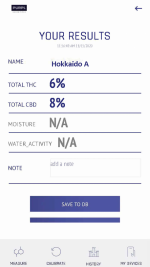
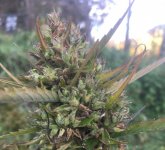
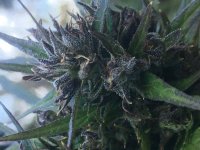
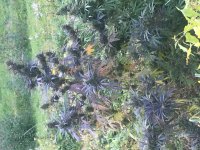
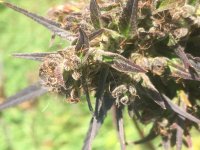
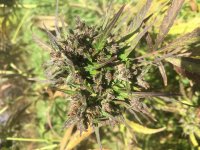
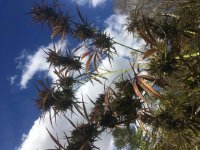
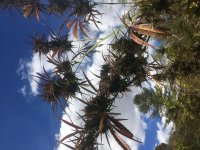
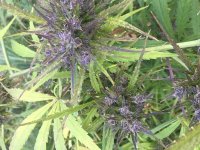
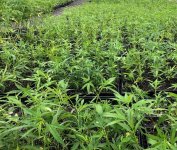
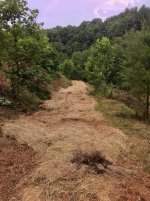
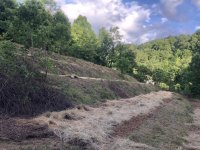
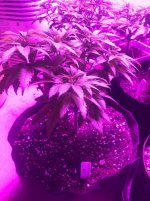
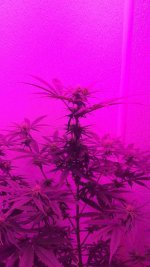
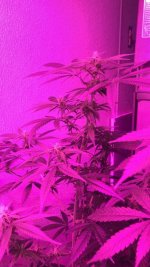
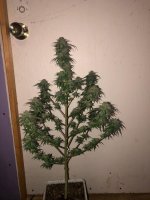
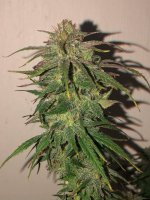
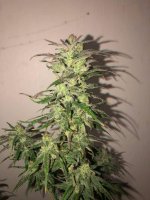
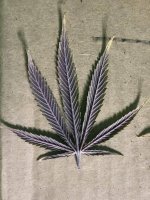
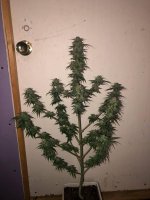
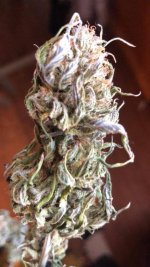
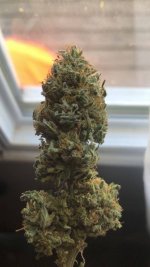
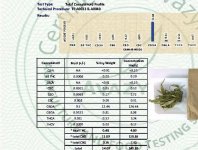
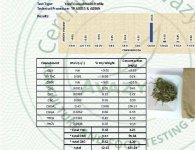
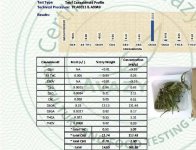
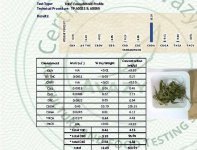
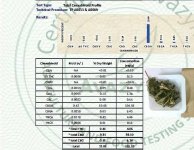
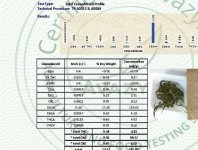
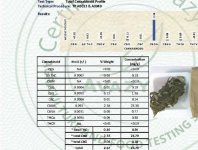
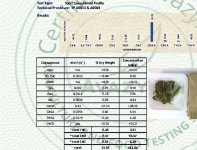
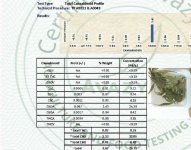
 I cannot thank you enough for the time, resources and efforts spent in this project, and for the research and results you have done with Hokkaido line
I cannot thank you enough for the time, resources and efforts spent in this project, and for the research and results you have done with Hokkaido line 

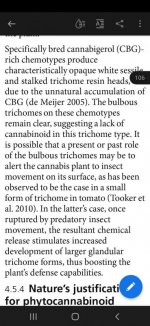
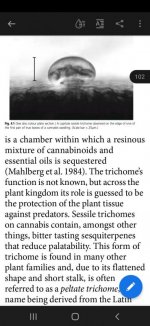
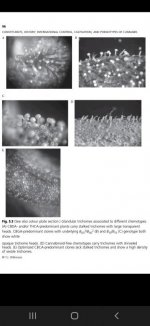
 Hope you are doing well!
Hope you are doing well!